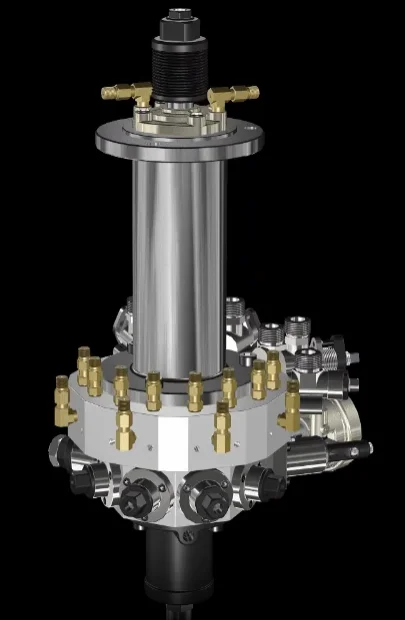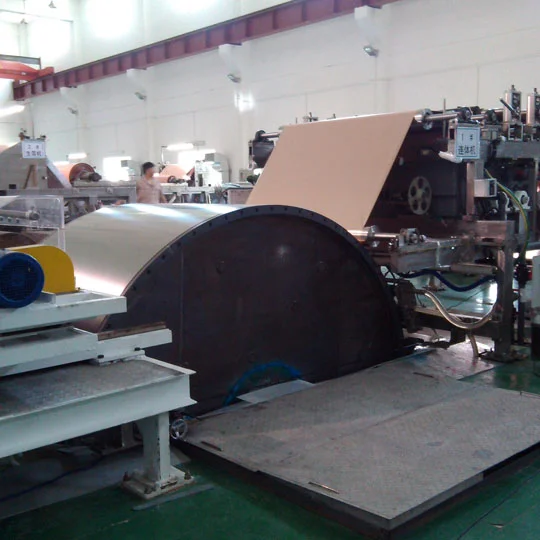Corrosion is a common problem that affects the longevity and performance of tools across various industries. Over time, exposure to moisture, chemicals, and environmental factors can lead to rust and corrosion, rendering the tools ineffective. In this blog post, we will explore professional and practical methods to restore corroded tools, ensuring their optimal functionality and extending their lifespan.
- Understanding Corrosion:
Before delving into restoration techniques, it is crucial to comprehend the underlying causes and types of corrosion. Discuss the different forms of corrosion, such as uniform, pitting, and crevice corrosion, and explain how each affects tools differently. Highlight the importance of early detection and prevention measures to minimize future damage. - Assessing the Damage:
To effectively restore corroded tools, a thorough assessment of the damage is essential. Provide step-by-step instructions on how to inspect tools for corrosion, including visual examination, checking for structural integrity, and assessing the extent of damage. Emphasize the significance of safety precautions during this process. - Cleaning and Removing Corrosion:
Detail various cleaning methods to remove corrosion from tools, depending on the severity of the damage. Discuss techniques such as mechanical cleaning (wire brushing, sanding), chemical cleaning (using rust dissolvers, vinegar), and electrolysis. Explain the pros and cons of each method, along with safety considerations. - Restoring Tool Functionality:
Once the corrosion is removed, the focus shifts to restoring the tool's functionality. Elaborate on techniques like sharpening blades, lubricating moving parts, and replacing damaged components. Provide specific instructions for different types of tools, such as hand tools, power tools, and gardening equipment. - Preventive Measures:
To ensure the longevity of restored tools, it is crucial to implement preventive measures against future corrosion. Discuss strategies such as proper storage (dry environment, protective coatings), regular maintenance (cleaning, lubrication), and the use of corrosion inhibitors. Highlight the importance of educating tool users on these preventive practices. - Professional Assistance:
Acknowledge that some severely corroded tools may require professional restoration. Guide readers on how to identify when professional help is necessary and provide tips for selecting reputable restoration services. Emphasize the importance of seeking expert assistance for valuable or complex tools.
Conclusion:
In this comprehensive guide, we have explored effective techniques for restoring corroded tools. By understanding the causes of corrosion, assessing the damage, employing appropriate cleaning methods, and restoring functionality, tools can be revived and their lifespan extended. Additionally, implementing preventive measures and seeking professional assistance when needed will ensure the long-term preservation of tools. With these insights, you can confidently restore your corroded tools and optimize their performance for years to come.




